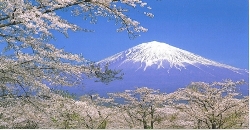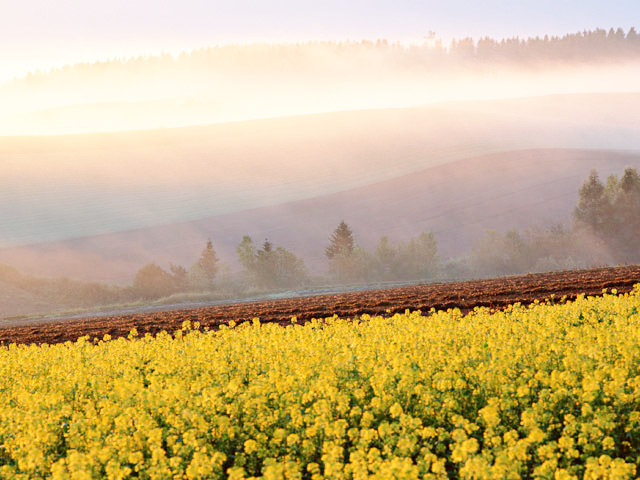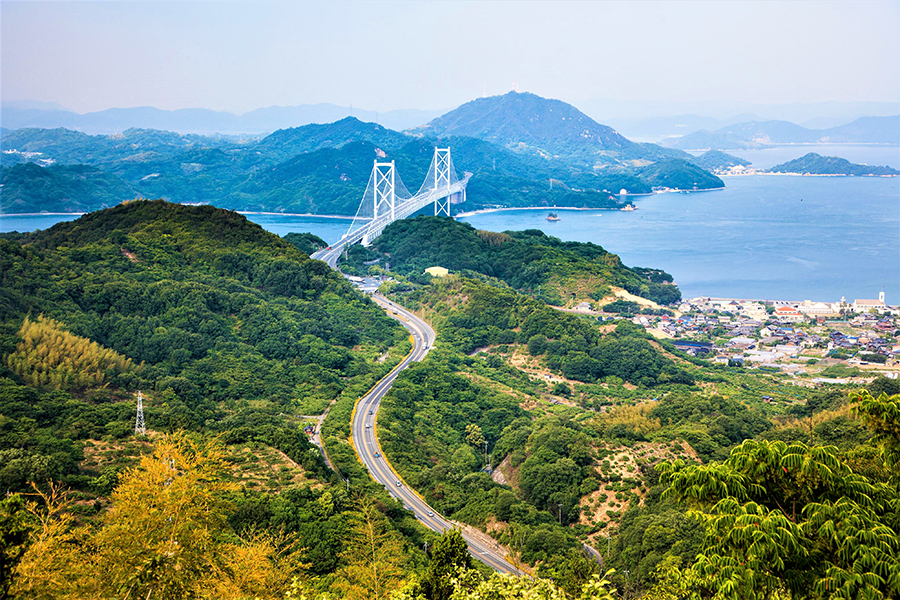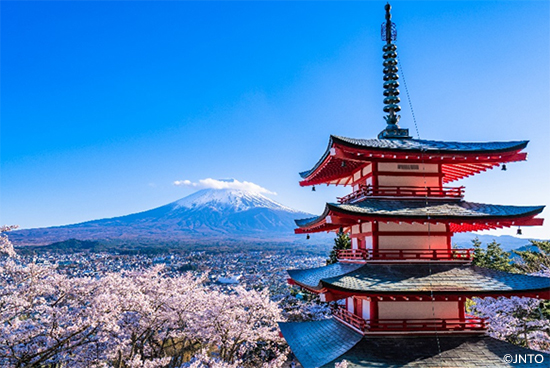In July 2009 I picked up my 14-year-old son in Hiratsuka following his Sister City home-stay experience and took him with me while I worked on the latest update of my Frommer's Japan. A skateboarder, with little patience for high-brow museums and a no-way, no-how attitude toward sushi, Johannes isn't the type for action-packed days racing from one attraction to the other. So I planned an itinerary based on his laid-back style. We even hit a few skate parks, admittedly a first for me. After spending a few days in and around Tokyo, where among other places we visited Ueno Zoo, the free observatory in Shinjuku's TMG, the John Lennon Museum, and a skate park in Maihama, we lit out for the Japan Alps. This scenic region is home to some of my favorite small towns and villages in the country-Takayama (where we found another skate park), Shirakawago (he liked the thatched farmhouses), and Matsumoto (the castle was a winner). But his absolute favorite part of our trip was a hike in Kiso Valley, on the old Nakasendo Highway. And why not? After all, we were following in the footsteps of feudal lords and samurai. What teenager wouldn't find that cool? Located between Nagoya and Matsumoto amidst the towering peaks of the Japan Alps, Kiso Valley served as a natural passageway through the mountains for the Nakasendo Highway, one of two official roads linking Kyoto with Edo (present-day Tokyo) during the Edo Period (1603-1867).

The Nakasendo Highway follows this stream Of the 11 post towns that sprang up along the old highway in the Kiso district, Tsumago and Magome are the best preserved. A five-mile pathway that follows the old Nakasendo Highway links them. We started our hike in Magome, where old inns and souvenir shops line both sides of a steep slope. Within an hour we reached Magome Pass, highest point of the three-hour hike and providing scenic views of the wood-covered hills. After that we found ourselves walking comfortably through dense woods and bamboo groves, past paddies and old wooden homes, and along a rushing river.

Magome During our hike I explained to Johannes that long ago, long before trains, planes and paved roads, travel in Japan was on foot and far from easy. Volcanic in origin, Japan is mostly mountainous, with slopes so steep that ascending them is sometimes like climbing a tree. Travelers of yore, therefore, stuck to valleys wherever they could, not only because it was easier but also because they had to. In feudal Japan, even trave l was strictly regulated.

Johannes at Magome Pass If you had been a feudal lord (or daimyo) during the Edo Period, I told Johannes, you would have found yourself hiking to Edo (present-day Tokyo) every two years by order of the shogun. In addition to your home in the province, you would have had to maintain a residence also in Edo, where family members were required to reside year-round as virtual hostages ("That sucks," was Johannes' response). The shogun knew what he was doing: by requiring you to travel back and forth and maintain two homes, you didn't have the time, money, or inclination to wage war against him. You wouldn't have been the only daimyo on the road. In the 17th century there were as many as 270 daimyo in Japan, all traveling to Edo every other year. To accommodate them, a system of highways, checkpoints, and post towns sprang up throughout the land. And since daimyo didn't travel alone but rather with an impressive entourage of samurai retainers, personal servants, and footmen carting palanquins and possessions, it must have been quite a sight to witness these nearly constant processions trekking over Japan's mountainous terrain.

An old house we passed on our hike It was easy to imagine all this as we hiked. Johannes surmised what he'd do if a samurai suddenly appeared (he'd run, leaving me in the dust). For Johannes, the prize attraction during the hike was two waterfalls, possibly the longest this Kansas boy has ever seen. For me, however, the real gem of Kiso Valley is Tsumago. This tiny village looks much like it did in the Edo days, with narrow roads and traditional wooden homes. Two inns once serving the needs of daimyo now show how the upper crust lived, while a museum displays the history of the region. And to think that Tsumago almost slipped into oblivion. In 1911, a railroad was built through Kiso Valley that bypassed Tsumago by a few miles. That spelled disaster for a town that had depended on travelers for its livelihood, but decades of neglect are probably what ultimately saved it. In the late 1960s, restoration began, and in 1971 a charter was agreed upon that stated no building in Tsumago could be "sold, hired out, or destroyed." Of all the towns I've covered for Frommer's Japan over the last 20 years, Tsumago remains the least changed.

Tsumago

A woman makes hats in Tsumago
Johannes and I stayed overnight at Fujioto Ryokan, a delightful 100-year-old traditional inn on Tsumago's main street. It boasts a nice Japanese garden and pond, pleasant tatami rooms and delicious meals featuring local delicacies. What makes this place a standout, however, is its English-speaking owners, Yohei Fujihara, third-generation innkeeper, and his daughter, Sayaka. Not only are they knowledgeable about the region, but they can also explain in detail about the bounteous meals served, ranging from river fish and carp sashimi to Shinshu beef cooked on magnolia leaf.
"Do you want to know what this dish is before or after you try it?" Sayaka asked, a twinkle in her eye. Glancing at my son, I said, "You better tell us after." My son, after tasting it, conceded it was ok. And what was it? Wasp larvae.
View from our room at Fujioto Ryokan "That will give you boasting rights in school," I said. The next day we headed back to Tokyo, and a few days later, at the airport, my son, who never displays any obvious signs of affection, surprised me by putting his arm around me and thanking me for the trip. He said his favorite things were the John Lennon Museum and the Nakasendo hike. Both, I think, convey the same message: to slow down, connect with what's going on around us, and revel in the journey itself.



















































